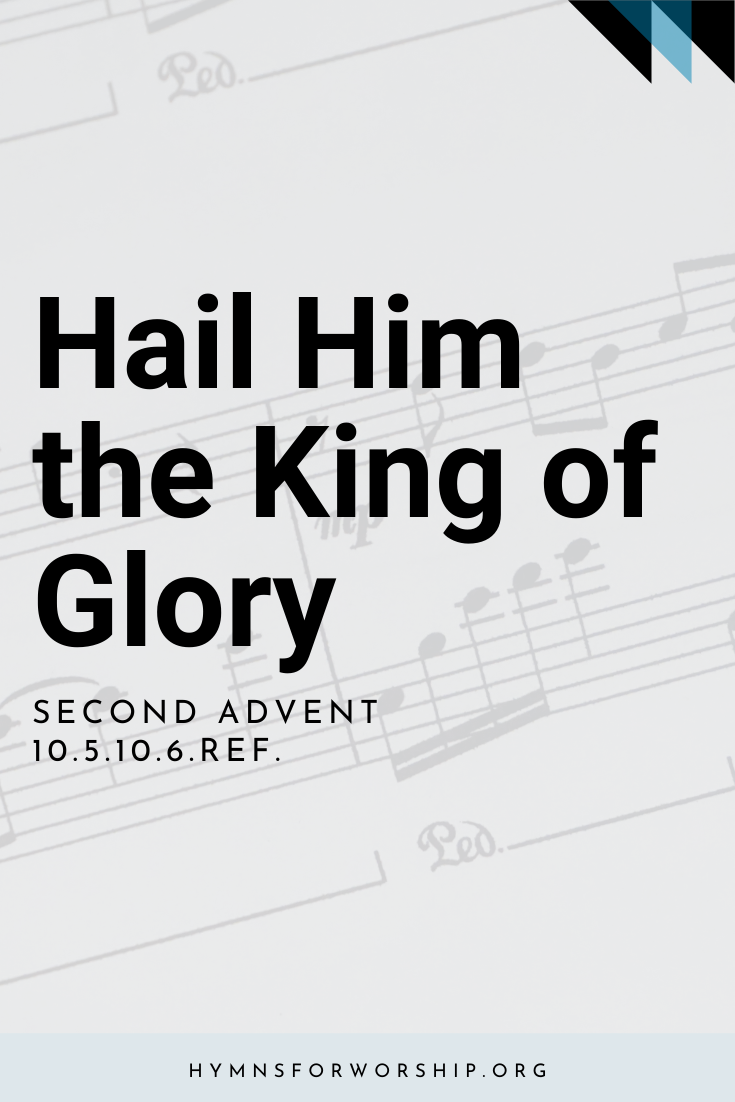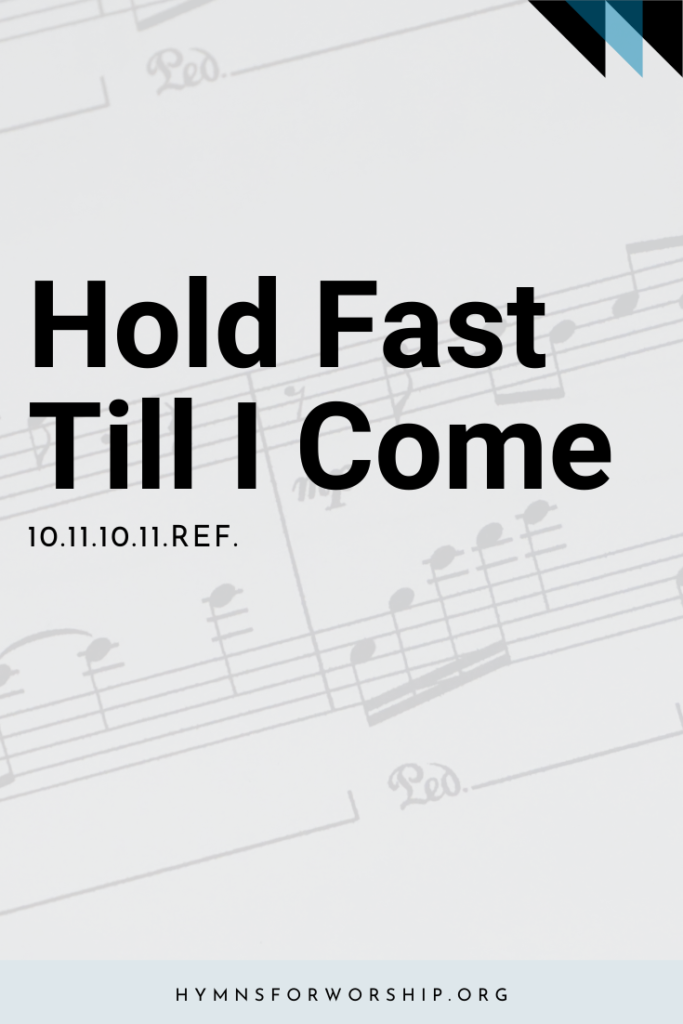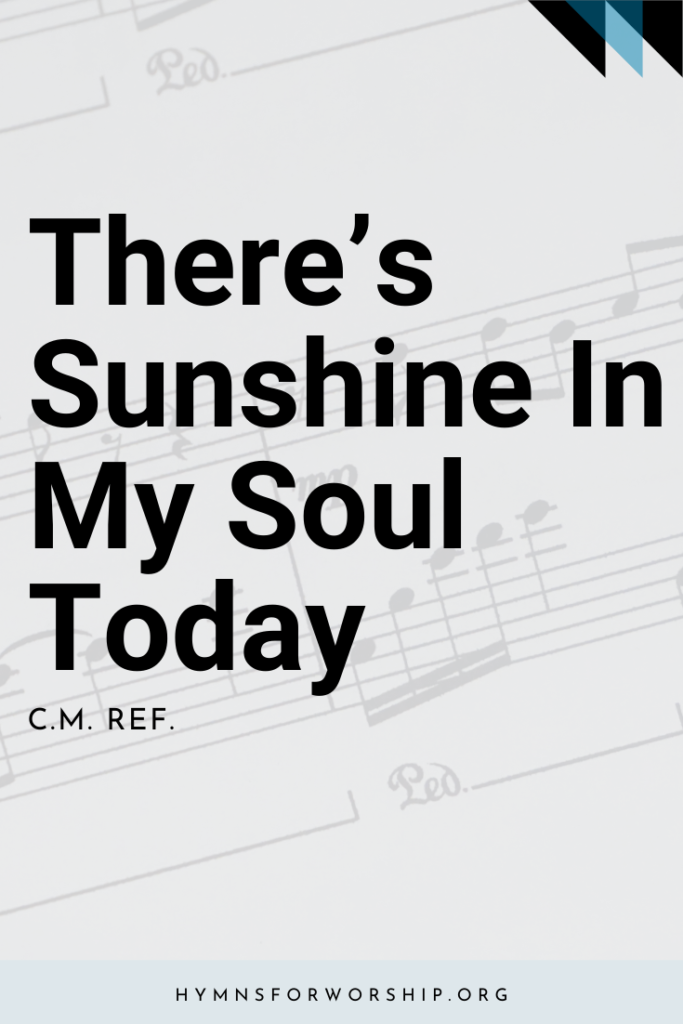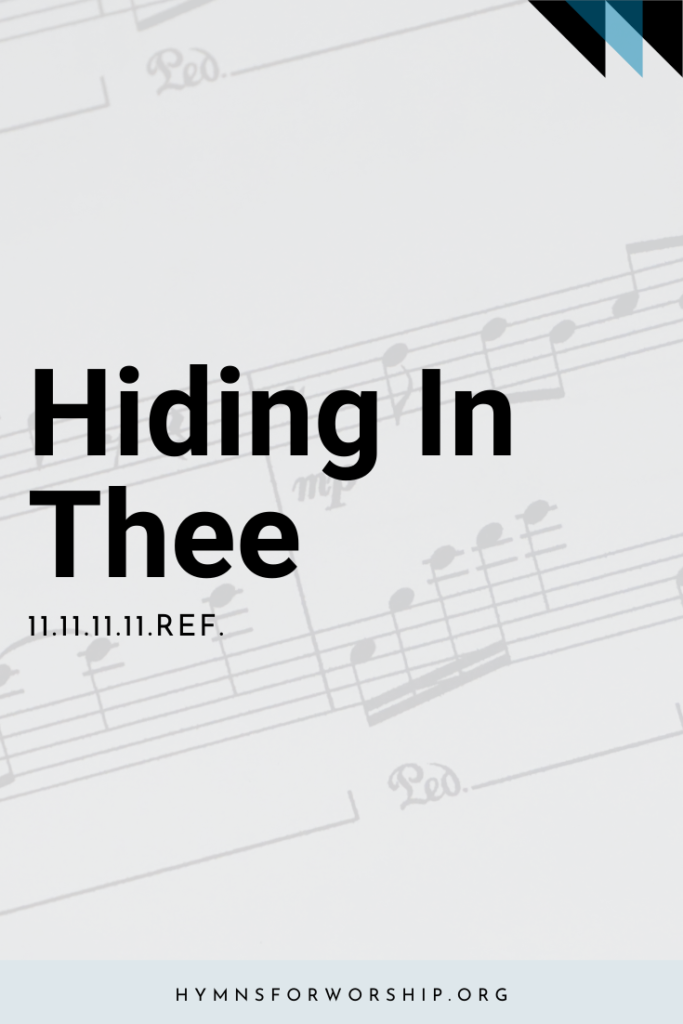JESUS CHRIST >> SECOND ADVENT
SDAH 202
Tell it to every kindred and nation,
Tell it far and near;
Earth’s darkest night will fade with the dawning,
Jesus will soon appear.
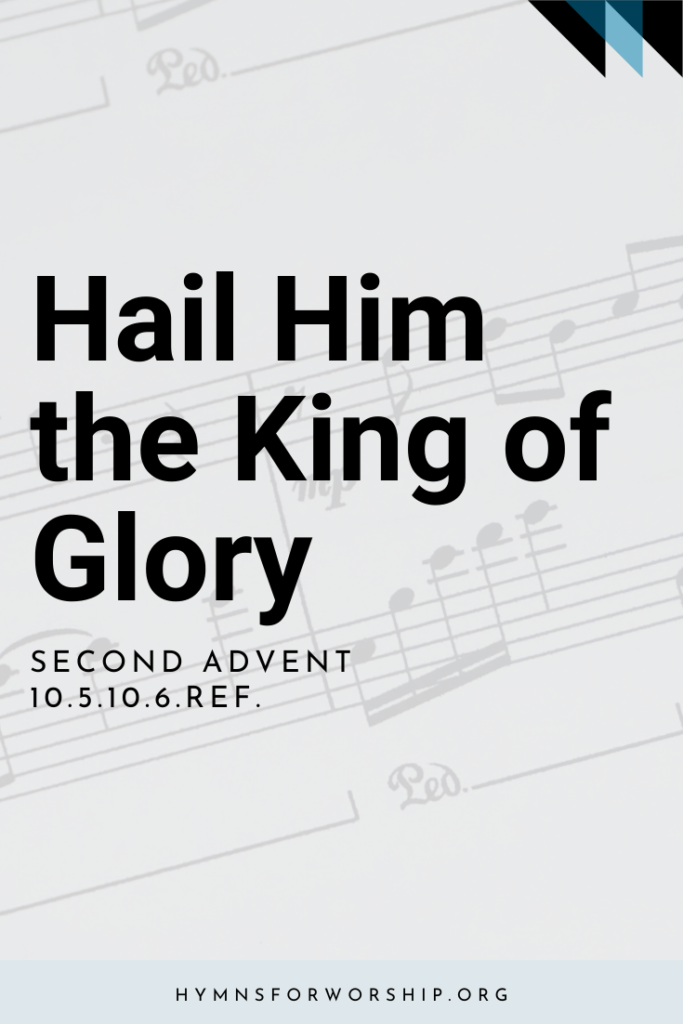

Text
1
Tell it to every kindred and nation,
Tell it far and near;
Earth’s darkest night will fade with the dawning,
Jesus will soon appear.
Refrain
Hail Him the King of glory,
Once the Lamb for sinners slain;
Tell, tell the wondrous story,
“Jesus comes to reign.”
2
Nations again in strife and commotion,
Warnings by the way;
Signs in the heavens, unerring omens,
Herald the glorious day.
3
Children of God look up with rejoicing;
Shout and sing His praise;
Blessed are they who, waiting and watching,
Look for the dawning rays.

Hymn Info
Biblical Reference
(a) Rev 14:6, Rom 13:12 (b) Luke 21:25 (c) Luke 21:28; 12:37 (r) Ps 24:7; Rev 5:12; 11:15
Author
Henry de Fluiter (1872-1970)
Year Published
1916
Theme
SECOND ADVENT
Metrical Number
10.5.10.6.Ref.
Composer
Henry de Fluiter
Year Composed
1916
Hymn Score
Piano Accompaniment
Recommended Reading
The year 1916 was full of tumultuous wars, particularly World War I. A lot of uncertainty and fear was in the air. Yet, it was against this backdrop that Henry de Fluiter’s hymn, “Hail Him the King of Glory” was set.
From the title alone, we see that the hymn writer’s main descriptor for God is that He is “King of glory” who will “come to reign”. He also purposefully puts these words in the refrain, allowing the singer to sing it several times in the hymn. It serves as a constant reminder that in a time full of fighting between the world’s biggest governments and nations, God still reigns.
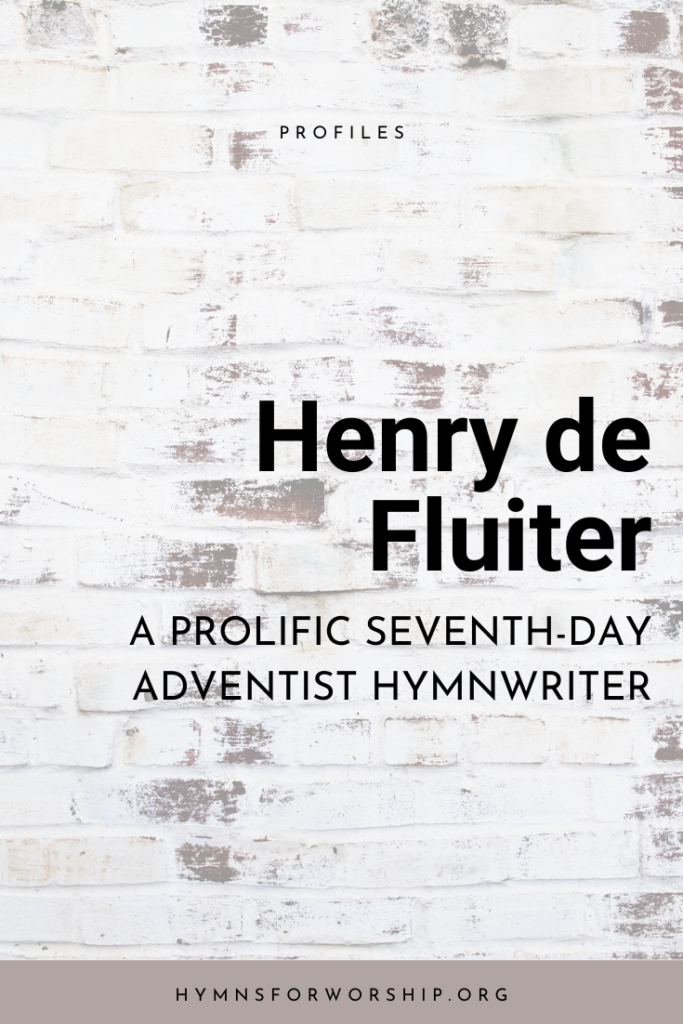
Notes
Get to know the hymns a little deeper with the SDA Hymnal Companion. Use our song leader’s notes to engage your congregation in singing with understanding. Even better, involve kids in learning this hymn with our homeschooling materials.
Both words and music of this martial hymn composed by Henry de Fluiter in 1916.They offer a remarkable contrast to the dark days of Allied setbacks and retreat in World War I, especially when viewed in the context of the glorious day when the Prince of Peace shall put an end to war and take His rightful place as king of glory.
“This is what I am going to do when I grow up. I will draw beautiful music from people just as Mr.Sankey is doing here.” Henry de Fluiter spoke these words when, as a young man, he heard the great Moody-Sankey crowds sing in Cleveland, Ohio. Henry’s family had moved from Hilversum, Holland, where he was born in 1872, to America when Henry was but a small boy. He was apprenticed to a signs for camp meetings and evangelistic meetings. When his parents moved away, Henry stayed on with the Martins. He read about the Seventh-day Adventist faith in books from a colporteur, and hurried to tell his parents about his newfound faith, only to find that they too, in another city, had also bought books and read their way into the same church!
New Henry was determined to work for the Lord, and enrolled in the music/Bible at course at Moody Bible Institute in Chicago. After one year he assisted SDA pastor-evangelist D. E. Lindsey in some Ohio meetings, being paid $5 per week from private donations. (The conference officers, when requested to pay the singer, had said, “Whoever heard of hiring someone just to help with the music?”) During these meetings he wrote his first song, Matthew Twenty-four,” about the second Coming prophecies. Moving to Denver, Colorado, in 1909, he met H.M.S. Richards, an academy student. But many years would pass before they joined hands in the work. Henry sang for R. E. Harter in Philadelphia and Washington, D.C., and spent two years in New York City with evangelist Charles T. Everson. Between campaigns he would return to his sign painting, but his heart was not in it. Praying for God to open the way for full-time music ministry, he traveled to the General Conference session in Milwaukee in 1926, and there accepted the invitation to go to California with H.M.S. Richards. For 12 years these two “giants” worked together in big-tent and tabernacle evangelism, baptizing literally thousands in the large cities of California. Many of De Fluiter’s songs were inspired by the sermons of Richards, and often he would sing a new one at the close. Their final camping ( after Richards started his successful radio ministry, Voice of Prophecy ) was in North Hollywood, where a new church was organized with “Uncle Henry”, as he was now lovingly known, as the first pastor. In 1966, at the age of 94, he came to the Voice of Prophecy studios in Glendale and tool part in a special broadcast featuring music. He testified, “I don’t have an ache or pain. My greatest desire is to be alive when Jesus comes.” Then he launches into enthusiastic plans for directing a choir of 1,000 voices in heaven.
For “Uncle Henry’s” pen flowed the words and music of some 200 gospel songs, most of them on the subject of heaven and the Second Coming. Many of them were first printed as leaflets and given away in meetings. In 1943 he published Bible Songs, 120 songs that were mostly his, and about 1953, Christ Centered Songs, with 53 items. He was still writing songs just a few months before his death at age 98 in a rest home at Azusa, California. His best-known songs were “Ride On, King Jesus,” “ Longing,” “ Homesick for Heaven,” “Always,” “Deep in My Heart,” “Wonderful Love for Me,” and “Over Yonder” (see SDA 431).
-from Companion to the Seventh-day Adventist Hymnal by Wayne Hooper and Edward E. White

